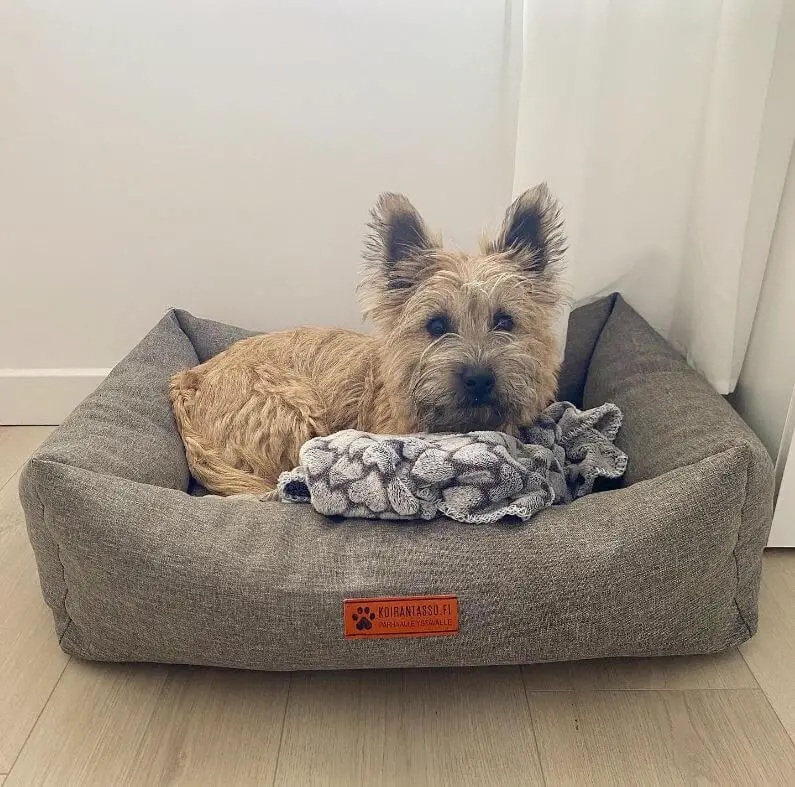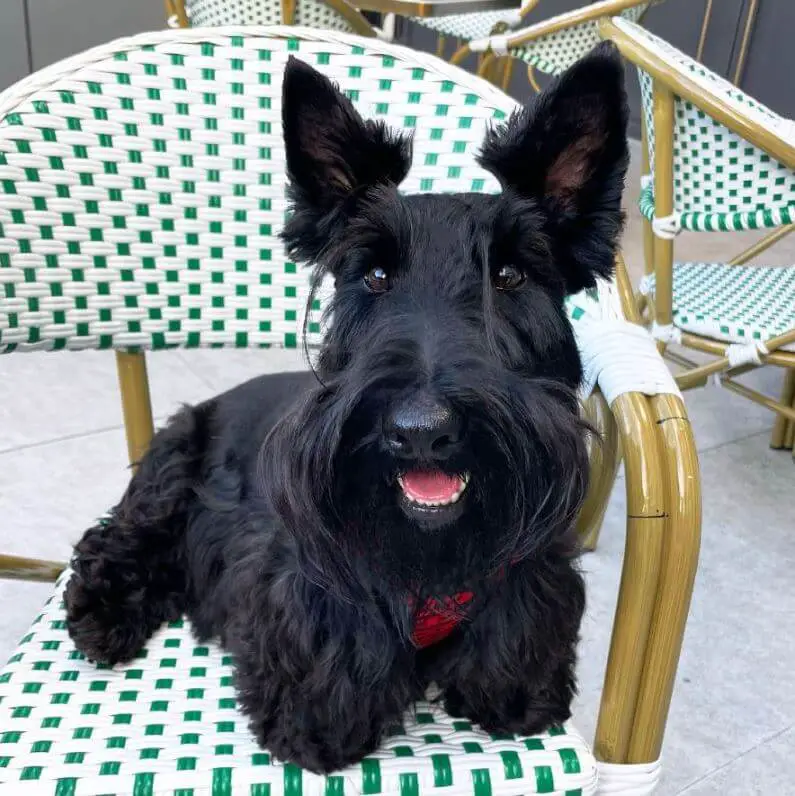As our furry friends grow older, they may face challenges in navigating their surroundings, including our homes. Just like humans, senior dogs may experience mobility issues, joint pain, and decreased agility. It’s our responsibility as pet owners to make adjustments to our homes to ensure their comfort and safety. In this article, we will share practical tips on how to make your home more accessible for your senior dog, promoting their overall well-being and quality of life.

#1 – Provide Easy Access to Elevated Areas:
As dogs age, jumping on and off furniture or climbing stairs becomes increasingly difficult. Consider investing in ramps or pet stairs to help your senior dog reach elevated areas such as beds, sofas, or vehicles. These aids reduce strain on their joints and provide a more gradual incline for easier access.
#2 – Slip-Proof Flooring:
Slippery floors can be hazardous for senior dogs with reduced stability and coordination. Replace glossy or polished surfaces with non-slip flooring options, such as carpets, rugs with grip pads, or slip-resistant mats. These additions provide traction and help prevent accidental slips or falls.
#3 – Create a Cozy Resting Area:
Senior dogs appreciate a comfortable spot to relax and rest their weary bones. Provide supportive and orthopedic beds that offer cushioning and relieve pressure on their joints. Opt for beds with low sides or a step-in design, allowing easy access without requiring your dog to jump or strain.
#4 – Adequate Lighting:
Dim lighting can make it challenging for senior dogs with deteriorating vision to navigate around the house. Ensure that all areas are well-lit, especially staircases, hallways, and entrances. Use night lights or motion-activated lights to provide visibility during nighttime trips outdoors.
#5 – Clear Pathways:
Remove any clutter, obstacles, or unnecessary furniture from your dog’s main walking paths. This creates clear, unobstructed pathways throughout the house, reducing the risk of tripping or bumping into objects. Additionally, secure loose cords or cables that can pose a hazard.

#6 – Modify Food and Water Stations:
Elevate your dog’s food and water bowls to a comfortable height to minimize strain on their neck and back. Raised or elevated feeders can promote better digestion and prevent your senior dog from having to bend too low to reach their meals.
#7 – Temperature Control:
Extreme temperatures can affect senior dogs more severely than younger ones. Keep your home at a comfortable temperature, providing warmth during colder months and coolness during hot summers. Provide cozy blankets or cooling mats to help regulate your dog’s body temperature.
#8 – Regular Veterinary Check-Ups:
Regular veterinary check-ups are essential for senior dogs. Discuss your dog’s specific needs with your veterinarian, including any adjustments you can make at home to improve their comfort. Your vet can also recommend joint supplements or pain management options, if necessary.
#9 – Gentle Exercise and Mental Stimulation:
Regular, gentle exercise is important for senior dogs to maintain muscle strength and joint flexibility. Provide opportunities for low-impact exercise tailored to your dog’s abilities, such as short walks or gentle play sessions. Mental stimulation through interactive toys or puzzles can also keep their minds sharp and engaged.
#10 – Love, Patience, and Adaptability:
Lastly, shower your senior dog with love, patience, and understanding. Be adaptable and observant of their changing needs. Some days may be better than others, and your dog may require extra care and attention. Offer support and adapt your home as necessary to accommodate their evolving requirements.

By making your home more accessible for your senior dog, you can significantly improve their comfort, safety, and overall quality of life. From providing aids for mobility to creating a cozy resting area, small adjustments can go a long way in ensuring their well-being. Remember to consult with your veterinarian for specific recommendations tailored to your dog’s individual needs. With a little extra care and attention, you can create a senior-friendly environment that allows your aging dog to navigate their home with ease and live their golden years to the fullest.
